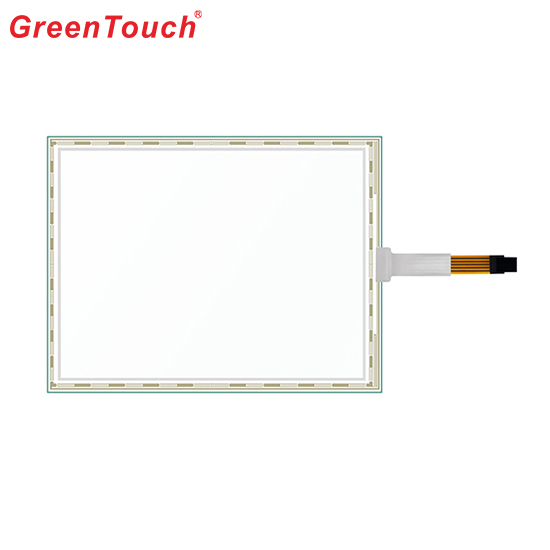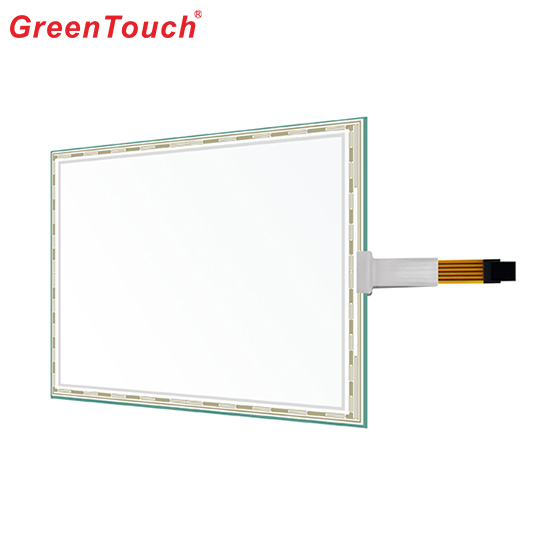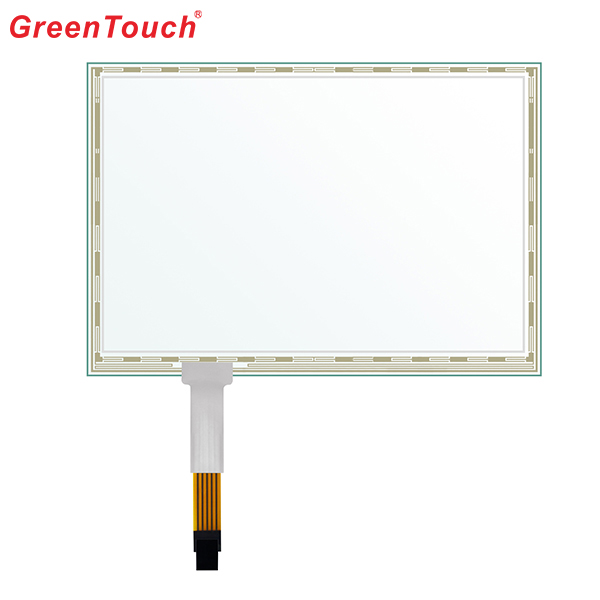Introduction: The current TV panel technology is mainly divided into plasma, LED LCD, and new OLED. Among them, OLED is the key target of manufacturers, LCD sales are the highest, and plasma is the heart of most TV reviewers.
So which of the three panels is the best? For consumers who are planning to buy TV, should they wait for OLEDs, or buy one before the plasma dies, or choose among the numerous LED LCDs? The technology website CNET has written an article on this issue a few days ago:
Let's start with some technical terms.
LCD TVs range in size from tens to 90 inches, and every TV manufacturer has its own LCD product. And all "LED TVs" are actually LCD TVs, except that they use LEDs as backlights. So the LCD in the text can also be seen as an LED.
OLEDs are currently priced at $9,000 and only have a screen size of 55 inches. The only brands available are Samsung and LG.
Samsung and LG also make plasma TVs (unfortunately, Panasonic has withdrawn), and the screen size of such products is between 42 inches and 65 inches.
In addition, you may have heard of the concept of "4K" super clear, but this refers to only the resolution. Currently only LCD can achieve 4K resolution.
The following is a comparison of specific projects:
Light output (brightness)
Win: LCD, OLED (to some extent)
Failure: plasma
OLEDs are brighter than LCDs, and vice versa, depending on how you calculate them. Because LCDs use backlights, their brightness is also determined by the backlight. The pixels on the OLED panel are self-illuminating, so there are limits (the same is true for plasma, but not as bright as OLED). So on a pure white screen, the LCD is brighter; and if it is a white rectangular pattern on a black screen, the "white window" of the OLED is brighter than the LCD. The latter situation is closer to conventional TV content, which means that OLEDs look brighter when watching movies and TV shows at home.
It is worth mentioning that although the plasma is not as bright as the other two panels, brightness is not everything. Anti-glare or anti-reflective coatings can make a big difference in the case of watching TV during the day.
Black level
Win: OLED
Failure: LCD
Runner-up: Plasma
Because OLED TVs can turn off their own pixels, their black levels are nearly perfect (that is, almost no light is emitted from the screen). Plasma can also control its own pixels, but it can't achieve absolute black (always illuminate). From a technical point of view, the LCD TV can turn off the backlight to achieve absolute black, but this is not possible, because the audience can not see the image. Local dimming will help, but in practice, OLED is still the best. And this problem is also related to contrast.
Contrast
Win: OLED
Failure: LCD
Runner-up: Plasma
Contrast is the contrast between the brightest and darkest areas of the image, which is the most important factor affecting overall quality. A low-contrast screen looks white and flat; on the contrary, high contrast makes the picture look more realistic and the depth of field is larger.
Since the OLED can turn off pixels, the contrast is infinite. After a lot of trials on OLED TVs, I can say that OLED TVs are definitely more beautiful than any TV you've seen, whether it's plasma or LCD.
LCDs with strong local dimming function can also have good contrast, although there are some differences compared to high-end plasma.
Panasonic's ZT60 plasma TV has excellent native contrast and is one of the best TVs of the year. OLED TVs work better, but the best plasma TVs look great too.
Resolution
Win: LCD
Failure: plasma
Runner-up: OLED
Although small-size TVs may not need or reflect 4K resolution, you can't compete with this boom. To make pixels smaller, LCDs are much simpler than plasma. Although it is not impossible, we should not see 4K plasma TV. In addition, both Panasonic and Sony have demonstrated their 4K OLED TVs, albeit still prototypes. Currently, the highest resolution of OLEDs is only 1080p.
Dynamic blur
Winning: Plasma
Failure / Runner: LCD and OLED
After turning off all image processing techniques, LCDs and OLEDs appear blurry when displaying motion scenes. A higher refresh rate was developed to solve this problem, and to a certain extent, it does have an effect. However, the so-called "dynamic smoothing" processing technology sometimes makes the picture very old and cheap, which is called the "soap opera effect", and this will undoubtedly have an impact on the viewing experience.
Refresh rate
Winning: Plasma, OLED and LCD
Plasma refresh rates are not comparable to LCD/OLEDs, and the way they generate images is quite different.
Viewing angle
Winning: Plasma
Failure: LCD
Runner-up: OLED
If you don't look at it, almost all of the LCD's picture will be worse, the contrast will be reduced, and in some cases the color will change, and the essence of this technology is. This does not happen with plasma, although the special coatings added to some models limit extreme viewing angles. If you have a wide viewing area (such as a large sofa or a row of chairs), the LCD TV can't bring the same experience to everyone sitting in front of it.
Contemporary OLED TVs are all curved, and if you are too close to the edge, you will also see a loss of image quality. But this is not as serious as LCD.
Energy consumption
Win: LED LCD
Runner-up: Plasma and OLED
Some LED LCDs have ultra-low power consumption, but this is not a big advantage. The actual energy consumption of some plasma TVs is lower than that of LCDs of the same size. With the upgrade of OLED technology, its energy consumption should be further reduced.
price
Win: Plasma (LCD, depending on size)
Failure: OLED
Runner-up: LCD
There are many types of LCD TVs. The lowest-priced TVs are LCDs because they are also the smallest. At the same size, plasma is generally cheaper.
Due to the new product, the price of OLED TV is still very expensive.
Service life
draw?
Both plasma and LCD TVs are very reliable and do not matter in life. The technology of OLED has been a problem for a long time in terms of service life, and we have seen the advent of OLED TV because this problem has been solved. Although there is no specific number (as is the case with LED LCDs), it should be said that the lifetime of OLEDs should be similar to that of other types of TVs.
Burning screen
Draw, to some extent
All TVs will burn, and "image persistence" describes the problem more precisely. Burning screens are permanent and must be resolved. While image persistence looks similar to burn-in, it is actually temporary. The plasma is similar to the OLED. In general, the image stays in a long period of time before it becomes burned.
It is worth mentioning that the most serious image retention I have seen has come from an LCD monitor that has been reviewed this year. The mechanism of burn-in/image retention in LCDs is different from plasma or OLED, but it is still possible.
Uniformity
Winning: Plasma
Failure: LCD
Runner-up: OLED
The brightness of most plasma TVs is average, and the brightness of both dark and bright images is uniform. But many LCDs are not. OLED is in the "runner" position because its performance in this regard remains to be seen. Although it looks good at the moment, each model may be different.
The winner is...
Single image quality, OLED wins. But this is obviously unfair, because the $8,000 55-inch plasma or LCD may seem amazing now. If you count the price, plasma and LCD have their own advantages and disadvantages. If you are in a dimly lit room, the plasma quality is better, and if the room is full of light, it is a bit hard to say. LCDs generally win, but with the right coating, some plasmas may still look stronger than some LCDs.
With the delisting of Panasonic, only two manufacturers are now producing plasma TVs, and only one of them will always introduce high-quality plasma. Both companies have indicated that they will continue to introduce plasma products next year, but after that? The situation is hard to say.
Our 5 Wire Resistive Touch Screen is the highest accuracy ,stable ,no effect to touch when the liquid pouring or spilling.And it is widely use to Industrial,Retail,
Transportation ,Finance,Hospital or other area.
5 wire Touch Screen have the following advantages,we worthy of your trust.
1) Can withstand more than 5,000,000 points.
2) 4096x4096 Resolution.
3) USB or RS232 Interface.
4) High accuracy and sensitivity.
5) Glass + Film Material.
6) Finger and touch pen activation.
7) Our products have passed CE, FCC, RoHS certification!
pictures show:






5 Wire Resistive Touch Screen
5 Wire Touch Screen Panel,Glass Touch Screen Panel,Touch Screen with Controller,Resistive Touch Screen,Waterproof Touch Screen,GPS Touch Screen
ShenZhen GreenTouch Technology Co.,Ltd , https://www.bbstouch.com
